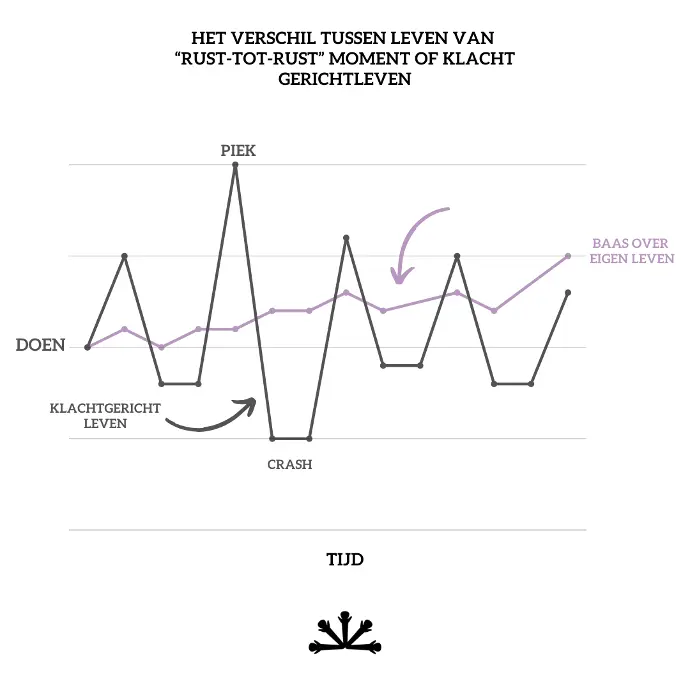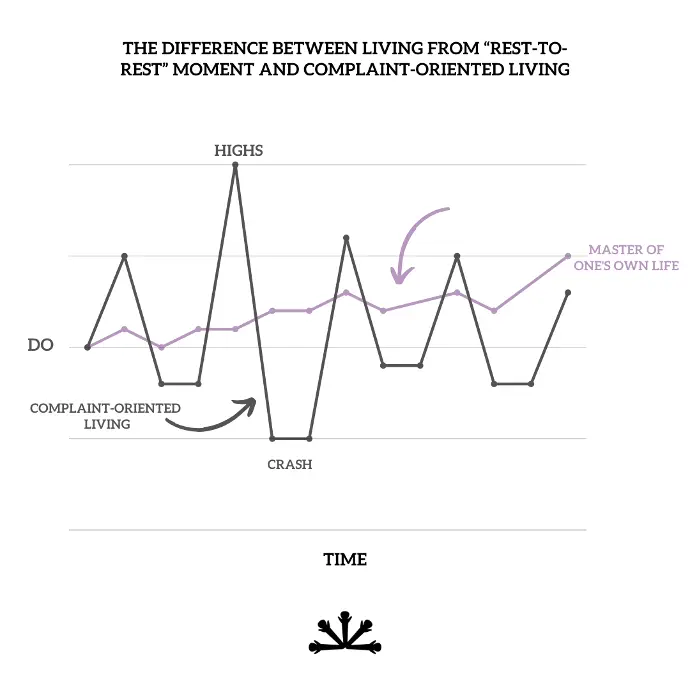Over the years, I’ve learned valuable lessons about respecting my own boundaries. Where my life used to be dictated by how I felt on any given day—with peaks on good days followed by deep lows on bad ones—I’ve now made a conscious choice for more balance. This required a major shift: from living reactively to making a “rest-to-rest” moment an integral part of my day. During the production process of Padede, I worked closely with the author Aca Siwabessy. Our collaboration blossomed into a valuable friendship—actually, this woman is Pela, like family!
Padede translates loosely from Moluccan Malay as “pretender.” I used to hear it thrown at me often. When Aca proudly told me her book would be titled Padede, I had a huge mental block. “You’ll have to explain this to me,” I asked, hesitantly. But now, over a year later, it makes perfect sense. In her book, she describes how she turned her vulnerability into her superpower—not literally, but that’s the gist. It resonates with me so deeply—what is padede really? While illustrating her book, I often became emotional. Especially with the part, “Grief waits,” the line “Is this the final straw?” caused a huge emotional release for me. How often have I asked myself that very question?
I can tell you, I’m incredibly eager to learn, and if there’s one thing I enjoy, it’s dissecting my mind and thought processes with a metaphorical magnifying glass. By now, Aca knows me inside out, and with our average conversation lasting over three hours, we couldn’t resist exploring this vulnerability and the themes in which padede plays a role for me.
She asked me, “What is your floor, and what is your ceiling?” This metaphor was her way of asking about my expectations. What’s the minimum (the floor) I can do, and what’s the maximum (the ceiling)? My floor was that I should be able to dress myself without asking my partner for help.
We quickly concluded that my ceiling was that I should be able to do everything independently, without needing help. But considering my physical limitations, these expectations are unrealistic. Aca beautifully clarified that these aren’t expectations but wishes. My wish for independence and autonomy was standing in the way of my happiness.
Before, I would always push myself to the limit, giving all my energy and time to others or tasks that I couldn’t physically handle, attempting to meet often unspoken and sometimes unrealistic expectations. I would often assume what others might think of me, like: “If I cancel or do nothing, they’ll probably think I’m annoying or difficult.”
At a certain point, I realized during rehabilitation that this way of living was unsustainable. It frustrated me deeply. I’m used to pushing myself because who knows when another good day will come along, one where I can fulfill all my wishes for independence. That’s the definition of reactive living. People with chronic pain will recognize this from their rehabilitation journeys or therapies.
Respecting my boundaries meant not only learning to say “no” but also completely revising my approach. In Being Yourself and Setting Boundaries, Nusa Ina writes, “A ‘yes’ is only a ‘yes’ if you can also say ‘no’.” Instead of living reactively, solely responding to how I felt at the moment, I had to learn to say no and to live from rest to rest. So my floor was examined further with the question, “What can I do?”—because what I want isn’t always possible.
This means I now consciously schedule moments of rest, regardless of how I feel at the time. It may sound simple, but it has been a massive challenge, especially since I have functioned for years under high stress, with PTSD and ADHD as constant factors in my life (sometimes I forget on good days that I’m sick—serious, I know). Where I used to always keep going, I now try to find a stable balance between effort and relaxation. No, I don’t go to every birthday, and no, I won’t be doing social activities every day or leaving the house constantly. I realized my hyperactive way of living came from a place of restlessness and people-pleasing. I wanted to keep everyone happy but, above all, avoid facing the fact that the Betty of years ago already wanted to say no. This change pushes me to choose a sustainable process instead of short peaks followed by deep valleys. So it looks something like this:
Baas over eigen leven

Master of One's Own Life

The Situation Now
At this moment, I find myself in a period of calm. Quite a few adjustments are taking place after determining my floor and ceiling. These adjustments include things like new clothes/shoes and different household products that can perform tasks wholly or partially on their own. It’s about re-evaluating relationships, friendships, and life choices. It feels as though I’m doing a major cleanup.
In Part Two, I’ll take you through these adjustments and how it’s all going. Are you curious to see how things are going and can’t wait to see what changes are happening? Follow us on Instagram for daily updates! For now, see you next time.
Much love,
Betty
Schrijf je in voor onze nieuwsbrief!
Boundlessly bounded part 1